The Feasibility of Making Fuel Pellets from Peat
Peat is dead and partly decayed plant matter that has accumulated in a wet environment. Annually about 3 billion m3 of peat is produced worldwide, and this is about 120 times more than its consumption. It is the early stage of coal and has been used for fuel for at least 2000 years.
I. Physical, Chemical and Fuel Properties of Peat for Energy Use
1.1 Physical Properties of Peat
Peat is composed by volume of 84% water, 2% ash or mineral material, 8% organic material, and 6% air. The main characteristics of peat are as following:
① . Bulk density increases from 3 to 20 lbs. per cubic foot as the organic matter becomes more decomposed.
② . Water content in peat decreases with decomposition. Peat may contain 95% water when saturated. Non-decomposed peat will drain more easily.
③ . Ash content ranges from less than 2% to 25% for fibric peat and greater for sapric peat.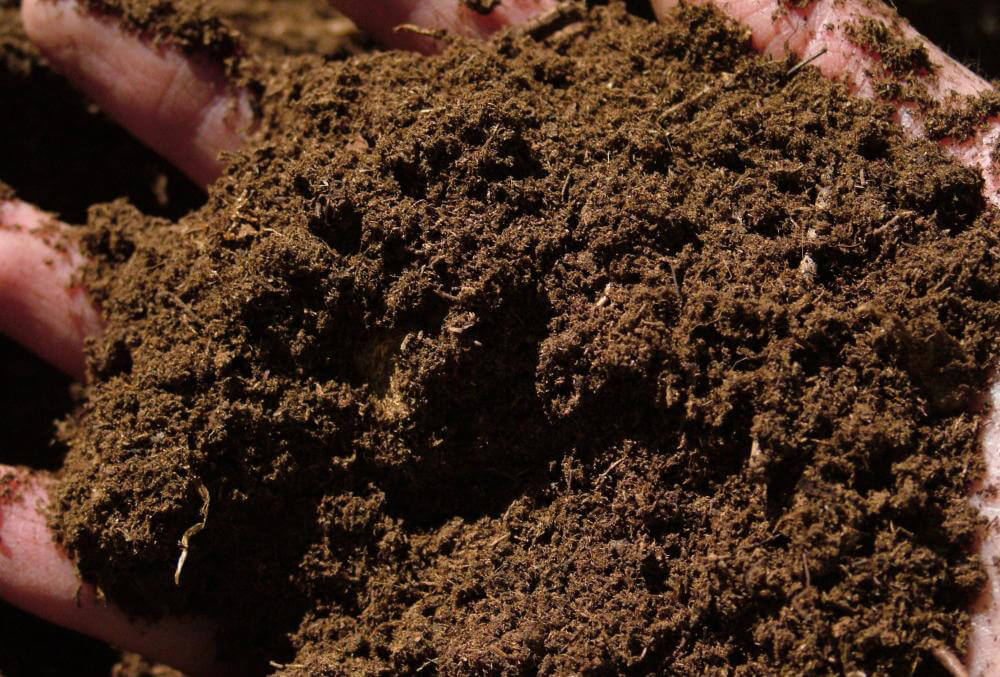
1.1.1 Decomposition degree of peat
The decomposition of peat is the proportion of the matter which has lost its cellular structure due to the decomposition of plant residues. Depending on the water content, there are ten levels of decomposition degree of peat.
H1: almost all the plant residues are still present; water in the peat is transparent.
H2: the plant residues are barely decomposed; water is transparent but with a light brown color.
H3: small amount of plant residues are decomposed; water is turbid and brown.
H4: small amounts of plant residues are decomposed; water is very turbid, but the peat cannot flow between the fingers.
H5: the plant residues are somewhat decomposed, but the organisms can still be discerned; water is brown and very turbid; small part of the peat can flow between the fingers.
H6: large quantities of the plant residues are decomposed; about 1/3 of the peat can flow between the fingers, and the remains of plants left in the hand can still be discerned.
H7: the plant residues are highly decomposed and bout 1/2 of the peat can flow between fingers; the water is clear in color.
H8: the plant residues are highly decomposed and 2/3 of the peat can flow through the fingers; plant remains in the hand are hydrolyzed root stocks and woody material.
H9: fully decomposed; all parts are fluid and the organisms cannot be discerned.
H10: fully decomposed; the peat is all washed away with water.
1.1.2 Main elements in peat based on the decomposition degree of peat
|
Element
|
Peat H1-2
|
Peat H5-6
|
Peat H9-10
|
|
Carbon
|
48-50
|
53-54
|
58-60
|
|
Hydrogen
|
5.5-6.5
|
5-6
|
5.0-5.5
|
|
Nitrogen
|
0.5-1
|
1-2
|
1-3
|
|
Oxygen
|
38-42
|
35-40
|
30-35
|
1.2 Chemical and Fuel Properties of Peat
|
Chemical composition
|
||
|
Carbon
|
Weight %
|
50-60
|
|
Hydrogen
|
Weight %
|
5-7
|
|
Oxygen
|
Weight %
|
30-40
|
|
Nitrogen
|
Weight %
|
0.5-2.5
|
|
Sulphur
|
Weight %
|
0.1-0.4
|
|
Fuel properties
|
||
|
Volatile matter
|
Weight %
|
60-70
|
|
Ash
|
Weight %
|
2-15
|
|
Melting point of ash
|
℃
|
1100-1300
|
|
Bulk density
|
kg/m3
|
300-400
|
|
Effective calorific value of dry substance
|
MJ/kg
|
20-23
|
II. Applications of Peat Fuel
It is mainly used as an alternative fuel to firewood for cooking and heating in temperate and boreal regions of Europe, particularly in Ireland, England, the Netherlands, Germany, Sweden, Poland, Finland and the USSR.
Peat fuel has a variety of applications for power generation and heating purposes.
♦ Large scale electricity generation stations mainly in Ireland, Finland and Eastern Europe.
♦ Medium scale biomass power plants and co-generation industrial facilities;
♦ Small scale district energy and heating systems in remote communities of Northern Canada;
♦ Since the implementation of pelletizing technology on processing peat fuel, peat pellets have been an efficient and advantageous fuel form used in pellet stoves for home heating and gain more and more popularity in North America.
III. Peat Fuel Processing from Peat Harvest to Peat Pelletization
3.1 Peat Harvesting
Peat harvesting involves a basic series of procedures. Drainage is the essential first step to dry the peatland and make it more manageable to extract. After drainage of the peat area, the peat can be removed. The presently used peat harvesting technology are sod peat harvesting and milled peat harvesting.
3.1.1 Sod peat harvesting
Sod peat harvesting is to lift peat from the peatland at a depth of 0-60cm and the peat is dried on the production field. The product of sod peat extraction is sod peat. Sod peat can be manually or mechanically compressed into cylindrical or brick shapes. Hand-cut sod peat is about 125*125*300mm, whereas mechanically compressed sod peat is 10-30cm long and 5-10cm in diameter. Moisture content of sod peat is usually about 38-40%, ash content is about 4-5% and net calorific value is about 12 GJ/mt. The sod peat can be used directly or mixed together with other biofuels in power plants and heating plants.
3.1.2 Milled peat harvesting
Milling method of peat harvesting is to remove the peat from the surface of the peatswamp. The cutting depth of peat is 0.5-2.0 cm and the cut peats are spread uniformly across the surface of the peatland and dried in the wind and sun. Milling method can be applied to all types of peat deposits. The product of milling method is milled peat. The particle size of milled peat is 3 to 8 mm, varied with the production method, peat type and decomposition degree. The moisture content of milled peat varies from 40-55%. Due to the low bulk density and relatively high moisture content , the heating value of milled peat is low. Thus milled peat is mainly mechanically compressed into briquettes by biomass briquette machine or pellets by using biomass pellet machine.
3.2 Peat Pelletization
As we have mentioned in the previous text, milled peat is a good resource for making peat pellets. The processing of the milled peat from its arrival in the pellet plant as far as the pelleting and storage stages go through these procedures: refining, grinding, drying, pelletizing, cooling, screening and packaging process. The preparation technique of peat pelleting is the same as that of wood pelleting.
Peat pellet line
3.2.1 Screening of milled peat
Before milled peat are delivered to the pellet processing plant, it is refined on the screening machine to remove the foreign materials, like rocks, roots of tree, grasses, etc.
3.2.2 Grinding of milled peat
Milled peat are ground in the hammer mill to reduce the particle size into less than 6mm, and then they are sent to the next processing stage-drying.
3.2.3 Drying of ground milled peat
The moisture content of peat should be 8%-12% to be pelletized by fuel pelletizer. Due to the high explosibility of peat powder, the drying of peat should be indirect. Rotary drum drying machine is mainly used to dry powdered peat in large quantity. After the drying process, the dry powdered peat is ready to be fed into the peat pellet mill.
3.2.4 Pelleting of dry powdered peat
Pelleting process is the core part of the peat pellet production. Dry powdered peat is delivered into the peat pellet machine and compressed into cylindrical pellets, and no additives are needed. There are two types of peat pellet machine for peat fuel pellet production: Flat Die Pellet Mill and Ring Die Pellet Mill. Flat die pellet mill is for small scale production whereas ring die pellet mill is for medium and large scale production.
Peat-pellets-factory-in-Gusevskiy,-Russia
3.2.5 Cooling of peat pellets
Peat pellets, as they leave the die, are quite hot and wet, so they must be cooled by pellets cooling machine to get hard and durable pellets.
3.2.6 Screening of peat pellets
In order to get quality peat pellets, pellet screening machine is needed to remove the peat dust and unqualified peat pellets. Then the qualified peat pellets are going to the pellets packaging machine.
3.2.7 Packaging of peat pellets
For the easy storage, transportation and sale, peat pellets are usually packaged in bags and then sold to the end users.
IV. Peat Pellets
Peat pellets are a fuel produced from dried powdered peat by compression of peat pellet machine. They have low moisture content and similar heat and combustion characteristics to coal. Furthermore, peat pellets have a price advantage over coal and oil.
4.1 Technical performance of peat pellets
Moisture Content: 5-10%
Ash Content: 1%-5% max
Sulphur Content: 0.06%
Calorific Value: 17-21 GJ/t
Dia. of Peat Pellets: 6mm, 8mm. 10mm, 12mm
Bulk Density: 700-750 kg/m3
4.2. Applications of peat pellets
Peat pellets can be used in power and heating plants to replace coal. In power plants the easiest way to use peat pellets is to mix them with another fuel at the reception bay. However, if you want to achieve the highest efficiency, you can have a separate small feeder silo to dose peat pellets into the fuel feed system just before the boiler. If peat pellets are used in smaller pellet heating boiler, the boiler should be designed for using peat pellets due to its higher ash content than wood pellet and the combustion temperature has to be controlled more exactly than with a wood pellet boiler.
4.3 Benefits of peat pellets as fuel
● Without chemical additions;
● Low sulphur content;
● Low ash content;
● No component containing resin;
● Environmental friendly;
● Compact form and uniform size make peat pellets easy to handle, transport and store;
● High heating value. The heating value of 1 ton of peat pellets is the same as 4 tons of wood, 475m3 of gas, 500 liters of diesel, or 685 liters of oil fuel.
V. Wise Use of Peat
Peat is a very slowly renewable natural resource. Nature needs about a century to make peat moss 5 cm thick and peat accumulation is limited to about 0.5-1mm per year. Although a big part of peatland is unutilized, the exploitation of peat as fuel should be moderate to protect the ecological balance.

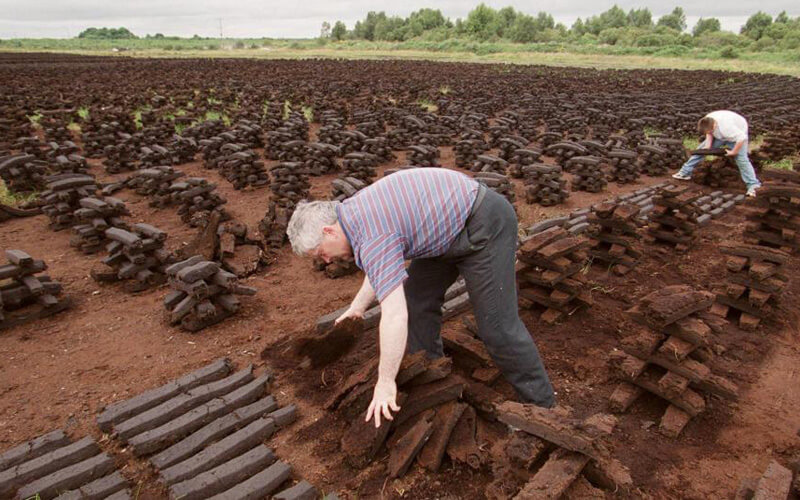








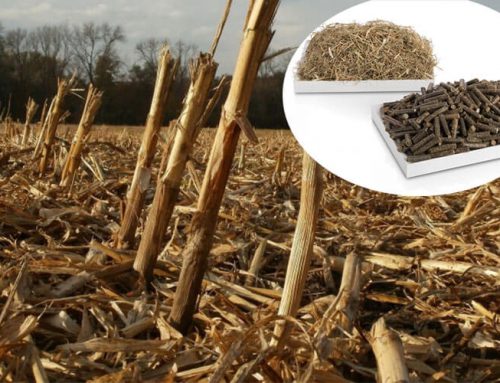
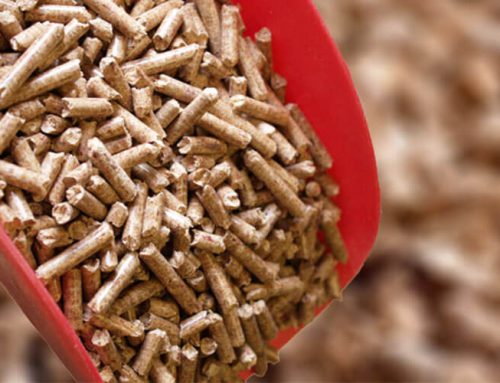
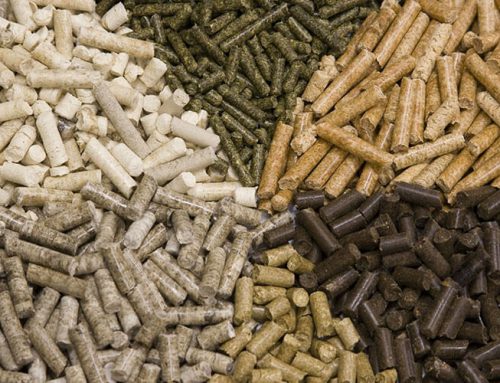
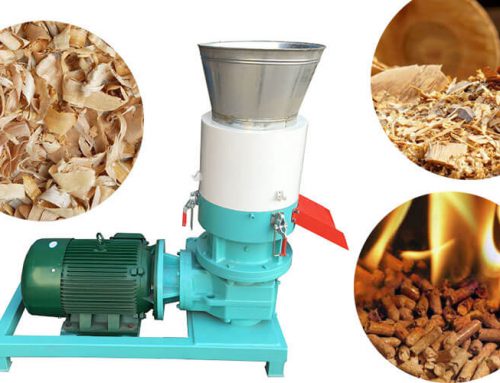
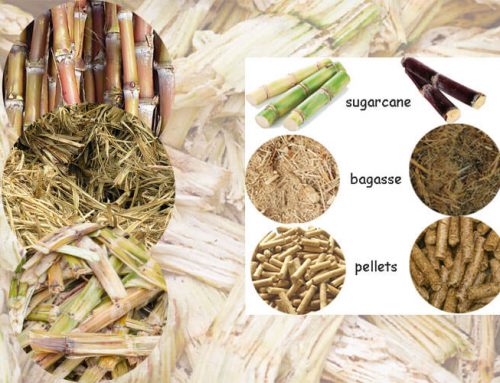
Leave A Comment